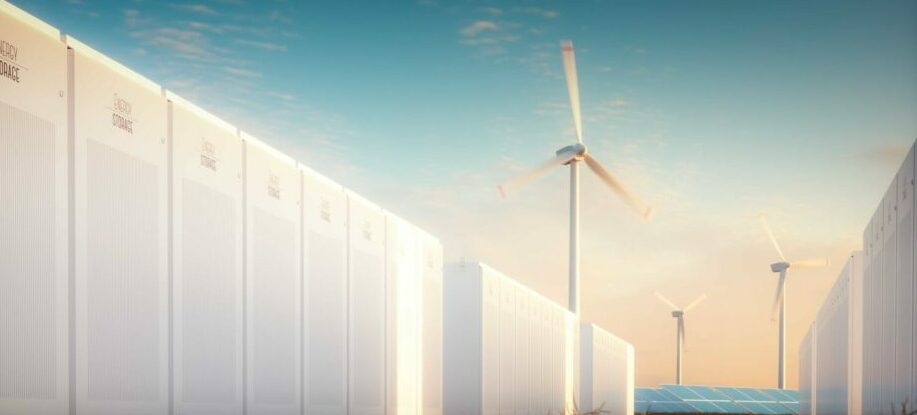
To put it simply, there is a daunting array of markets and services open to battery storage and DSR assets in the UK to help generate revenue. From the wholesale market – including the balancing mechanism – to frequency response and other ancillary services, it can be quite overwhelming trying to figure out how best to make assets pay.
No asset owner wants to leave money on the table, so revenue stacking has become an increasingly popular way to raise the rate of return – music to any investor’s ears. But what if there was a way to take this one step further? Enter co-optimisation.
What is co-optimisation?
Co-optimisation takes a short-term view of the market – a month ahead at most – to decide which markets could perform best for that asset, whether the wholesale market or ancillary services. In essence this means having the asset in the right market at the right time. Rather than locking your asset into one market area, you keep a blend of markets open and available.

Sometimes it will make sense to place an asset in a market that is a month ahead to lock in revenue, other times it may be more prudent to wait, expecting far greater returns in closer to real-time markets.
The fundamental truth, though, is that frequency response all day every day won’t give you the best return for your asset over the long-term.
That is what co-optimisation is for: using forecasts, market value and other insights the decisions are made about which market to operate in and when.
How does co-optimisation work in practice?
There are multiple different markets with different bid-in windows – from Short Term Operating Reserve, contracted quarterly, to Dynamic Low High, which is weekly, down to the balancing mechanism, which is closer to real time. Ensuring these markets are accessed and valued correctly gives baselines of value which can then be compared to trading in the wholesale market. Then remains the question of finding markets that offer the right risk and reward profile.
Co-optimisation works best when you have access to a broad range of markets and know them inside out. Patterns and trends start to emerge, so it might be that frequency response is where you make most value for most of the night, but with eyes open to switching markets if other opportunities become more lucrative.
Taking this potential usage profile thinking further we can consider the role of Electricity Forward Agreements (EFA). Through EFAs, the day is broken down into four-hour blocks. These six blocks form the basis of our thinking for where the asset is best placed, but as electricity markets are settled in 30-minute windows, we’re always open to switching assets around in those windows.
Apply that structure across all the different markets an asset may participate in and over the course of 48 half hour settlement periods you have up to 17,500 distinct decisions to make a year.
That’s 17,500 decisions focused on ensuring the asset operates in the most valuable market at any given time. Sprinkle in a degree of price volatility, and these decisions can be the difference between tens of thousands of pounds over the year.
Why do co-optimisation?
As with many decisions, it comes down to the money.
Using the co-optimisation methods we have developed at Kiwi Power, we’d expect to make around 40% more revenue from an asset than just offering firm frequency response (FFR) alone. One of the greatest barriers to storage uptake remains cost, and even marginal gains can make a big difference to investment decisions – and a 40% gain is more than marginal. Co-optimisation transforms the long-term value proposition of a battery storage asset through short-term thinking.
The short-term focus required by co-optimisation means you’re also well placed to capitalise on market moves. For example, when National Grid introduced Optional Downward Flexibility Management in May 2020, assets we managed had the flexibility to capitalise on this market immediately.
Over the past few years, we’ve seen the renewable capacity on the grid grow rapidly, leading to the rise in flexible assets, and now the energy storage boom is set to take off. As competition grows, an effective DSR and battery management strategy will be key to ensure you maximise revenues and don’t restrict yourself to a single market where competition sees the price pressured. By engaging in co-optimisation, battery storage and DSR owners will position themselves to be in the right market at the right time as the grid continues to change and different flexibility services are needed.
Contact our team to find out more: info@kiwipowered.com.